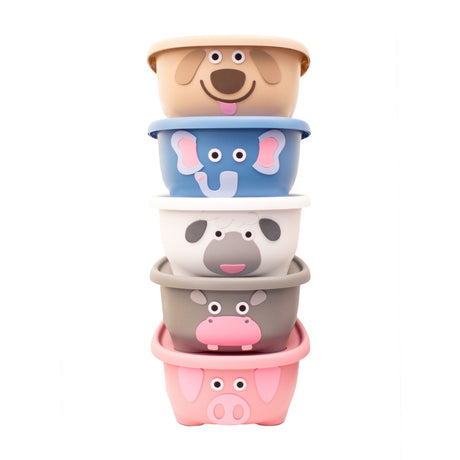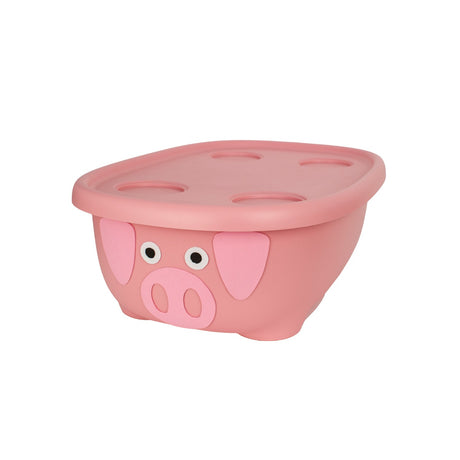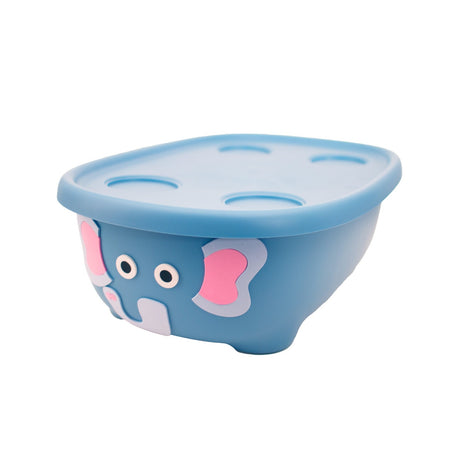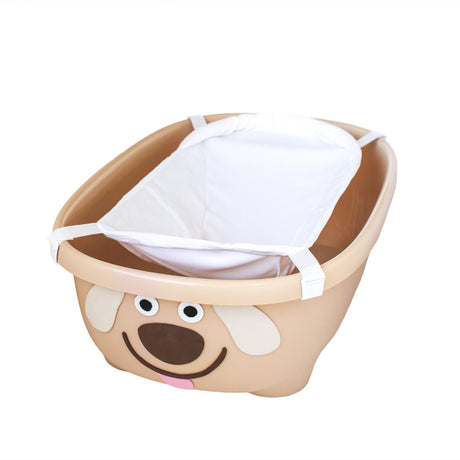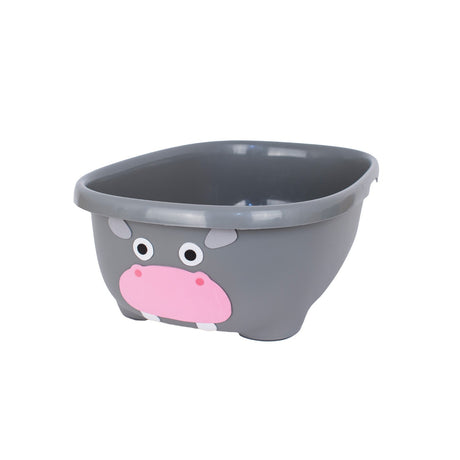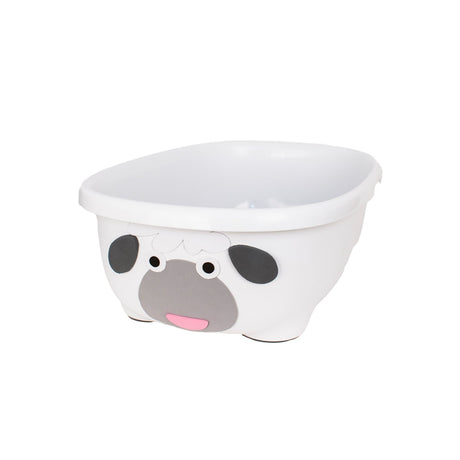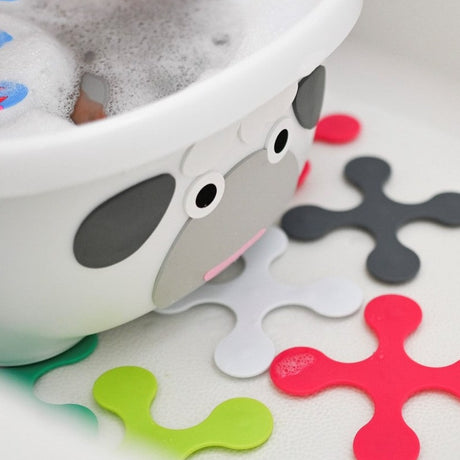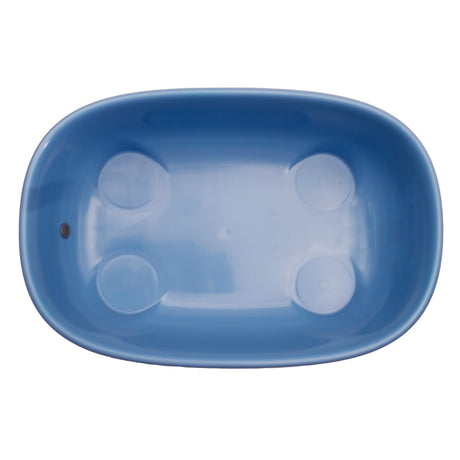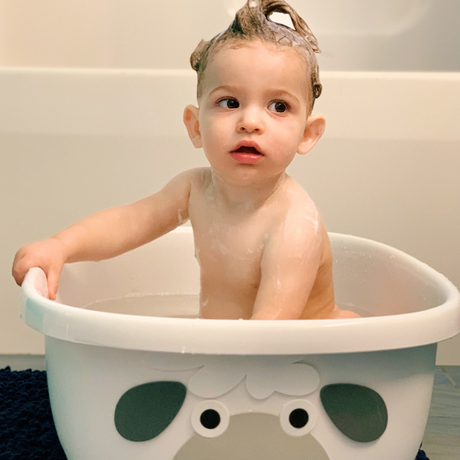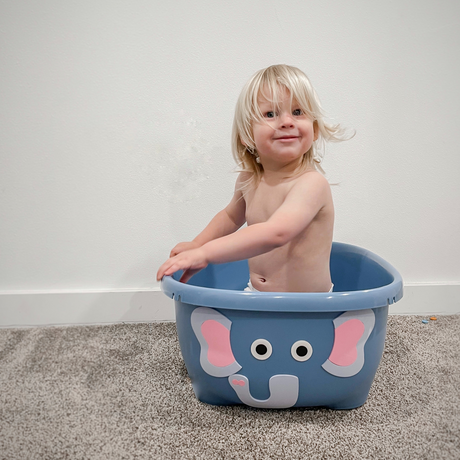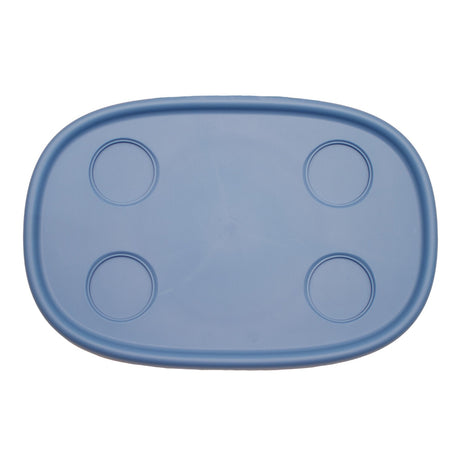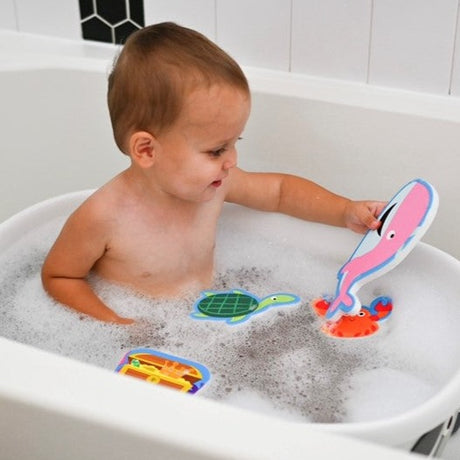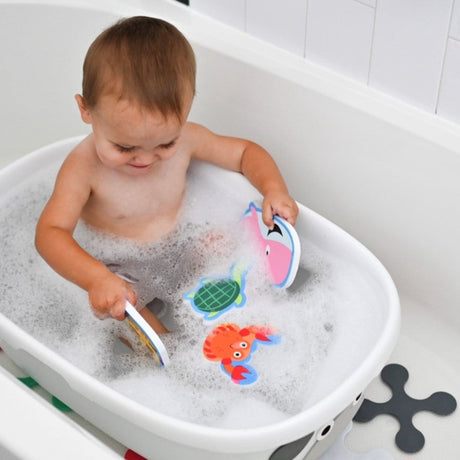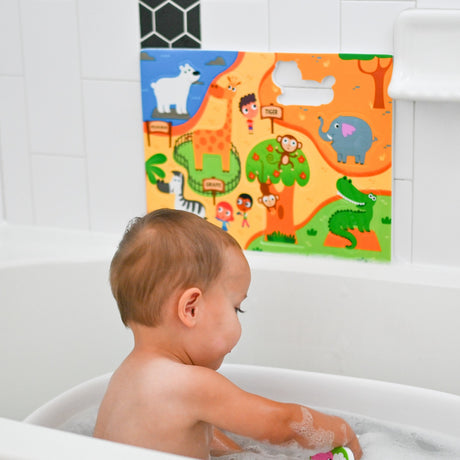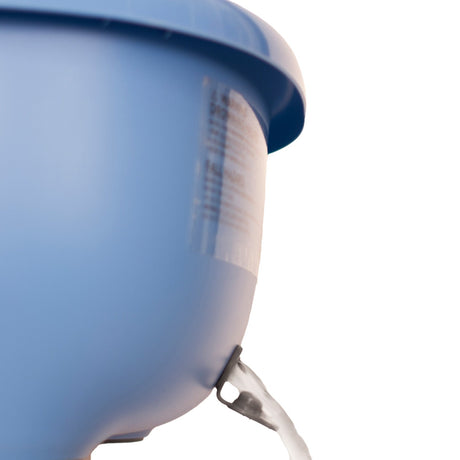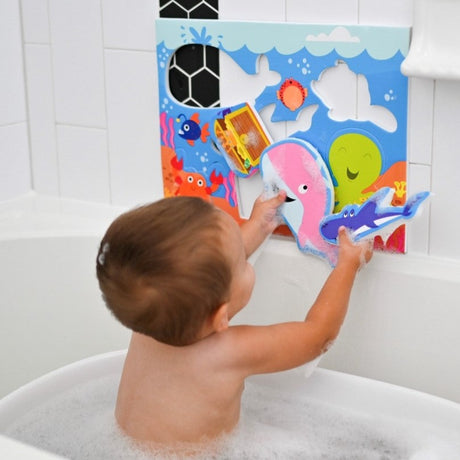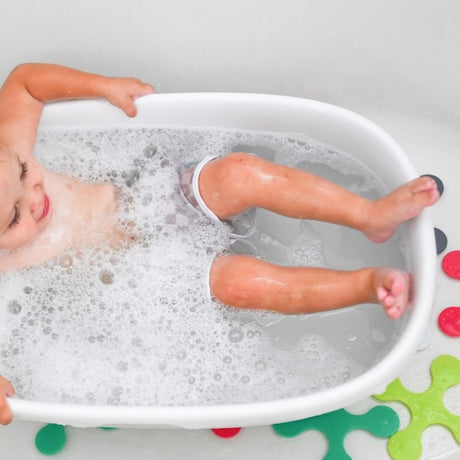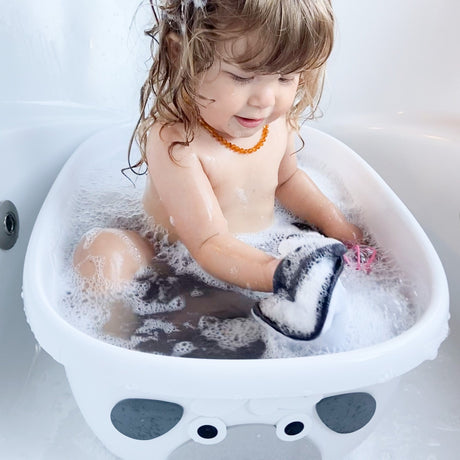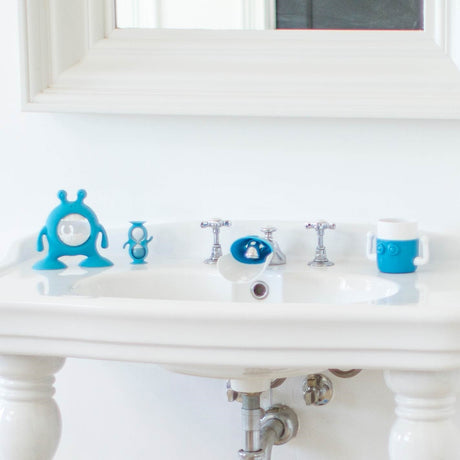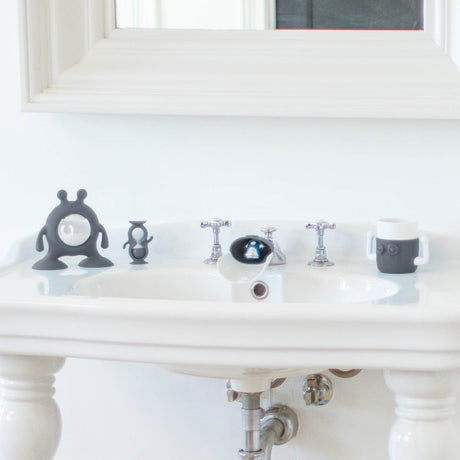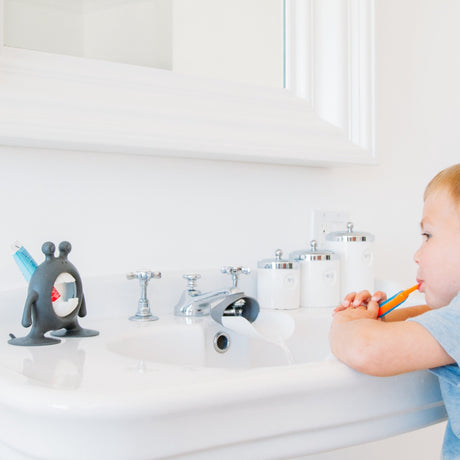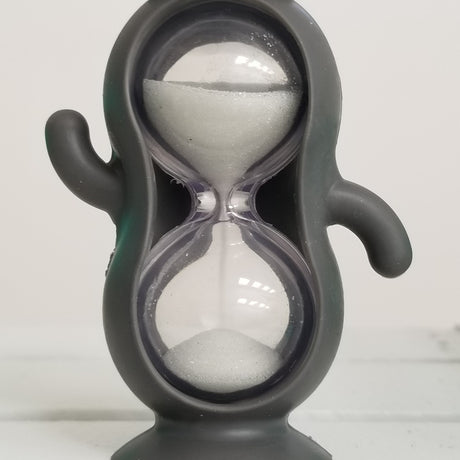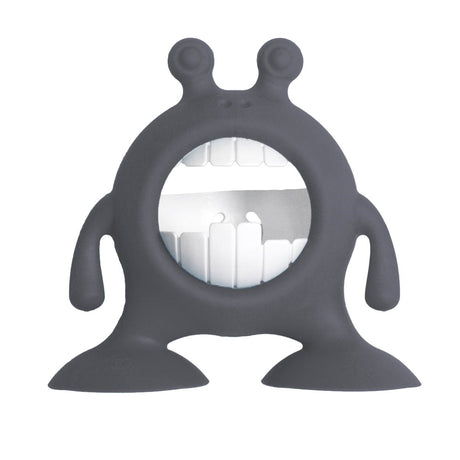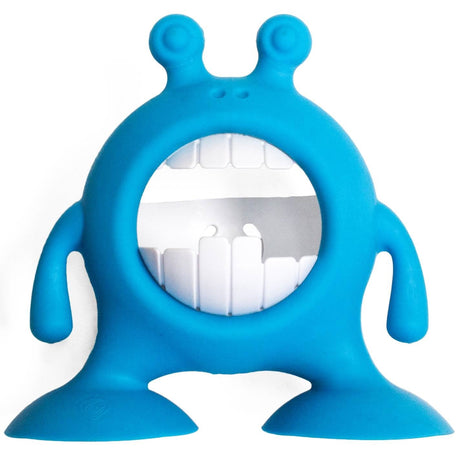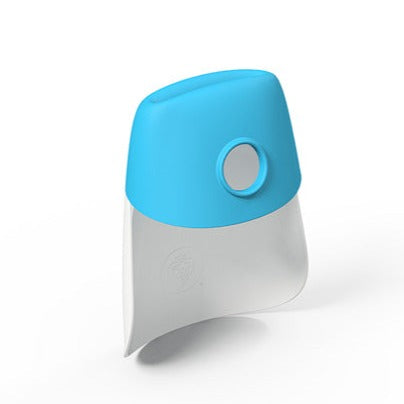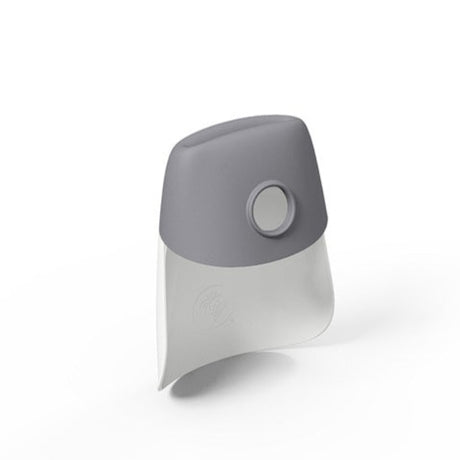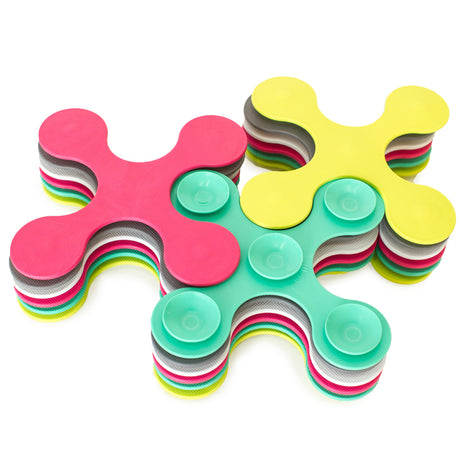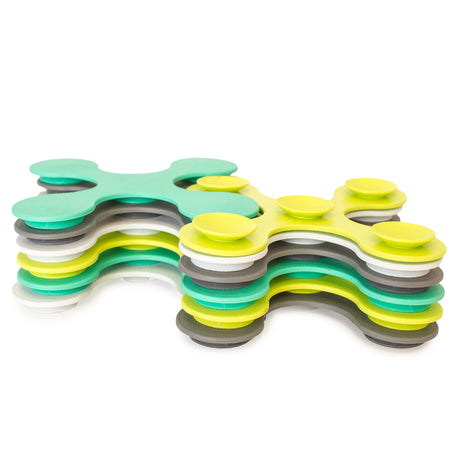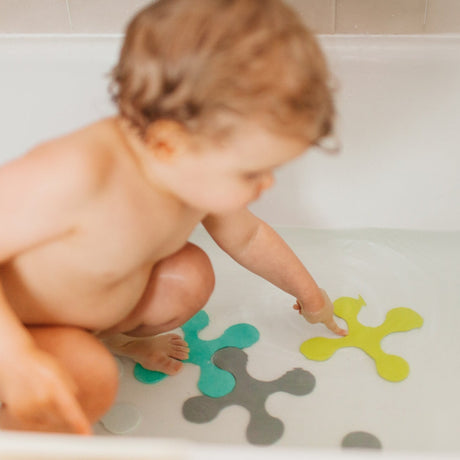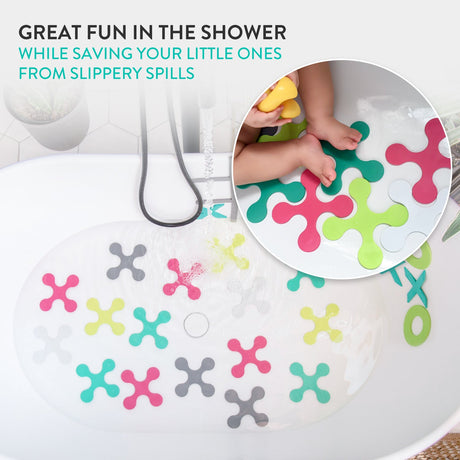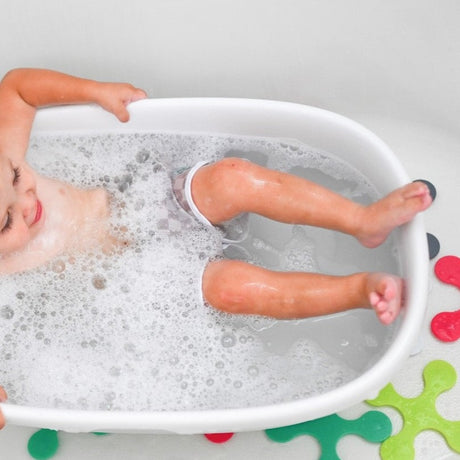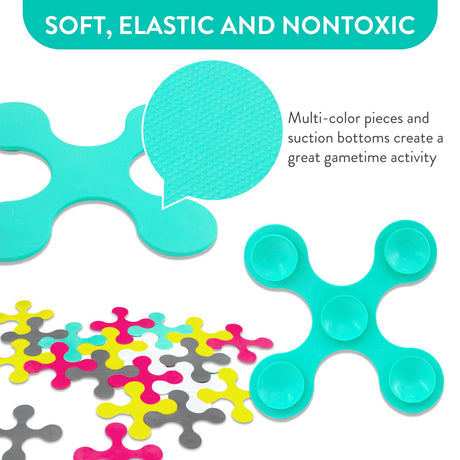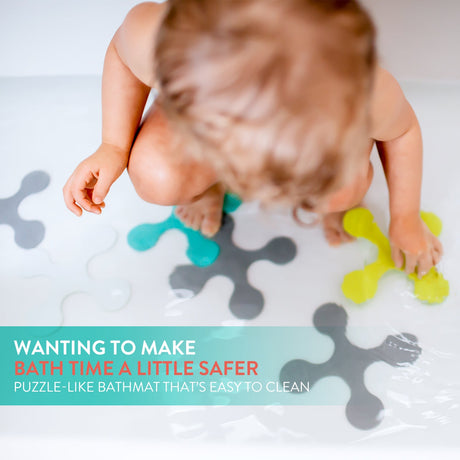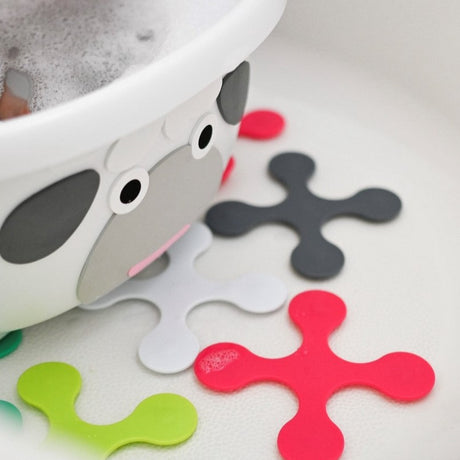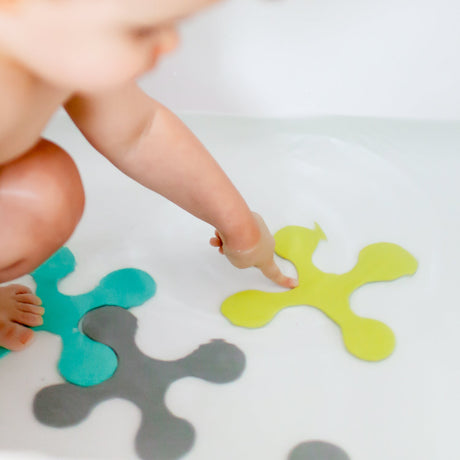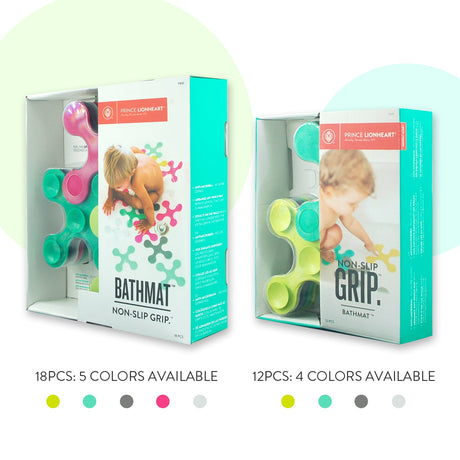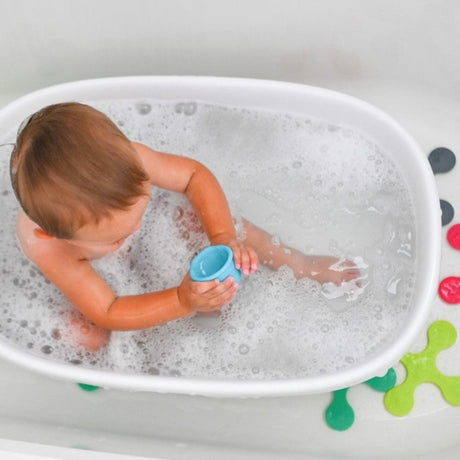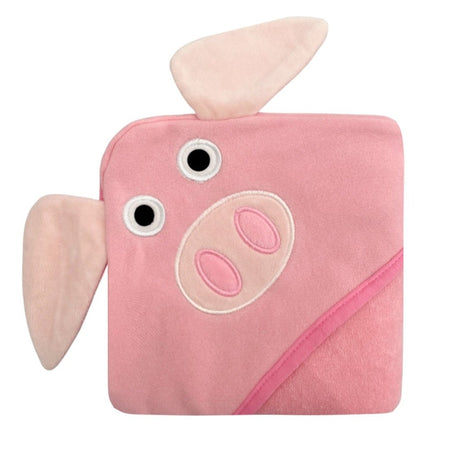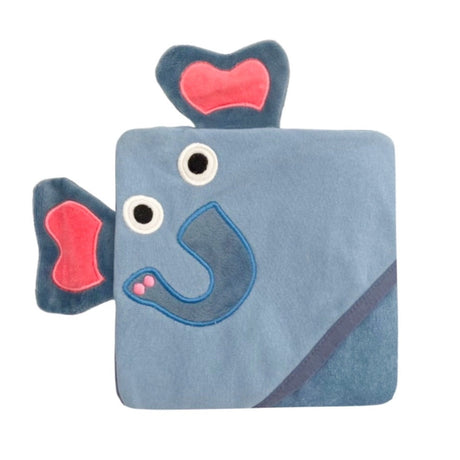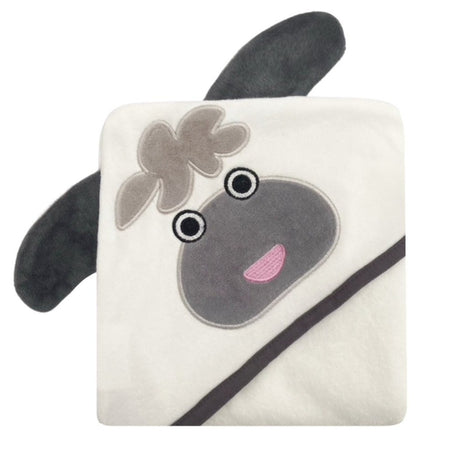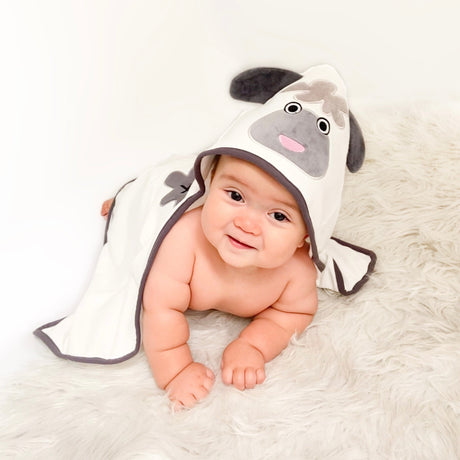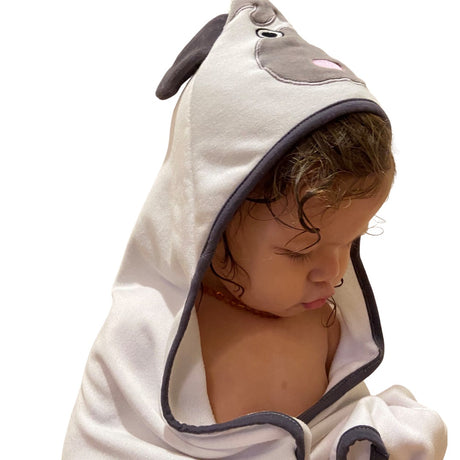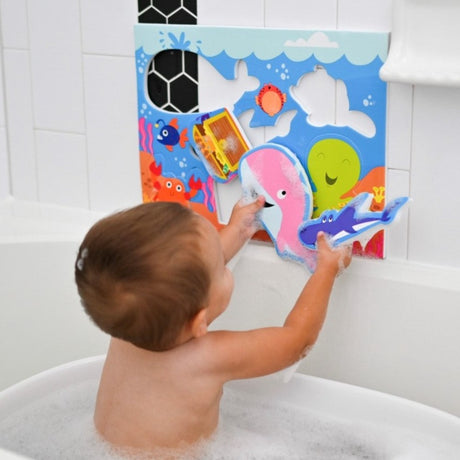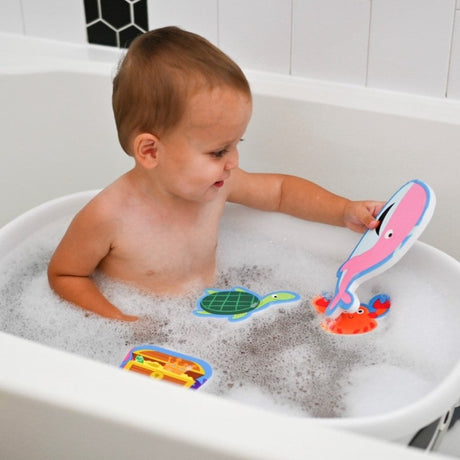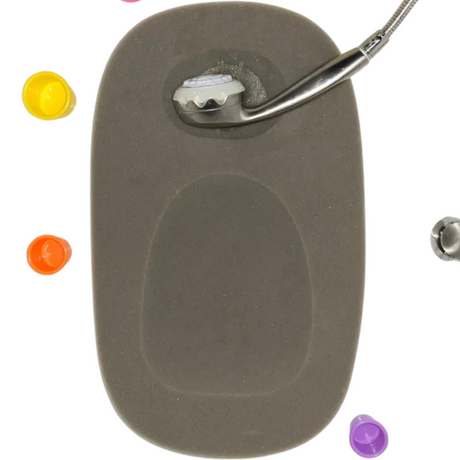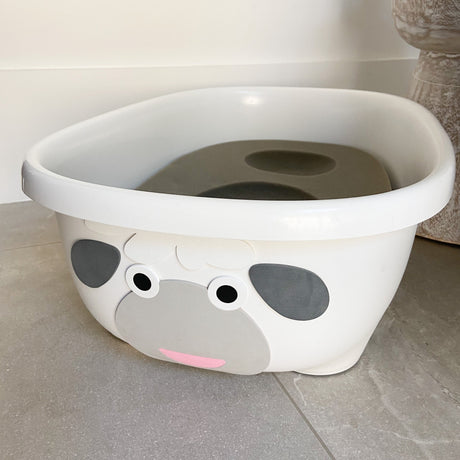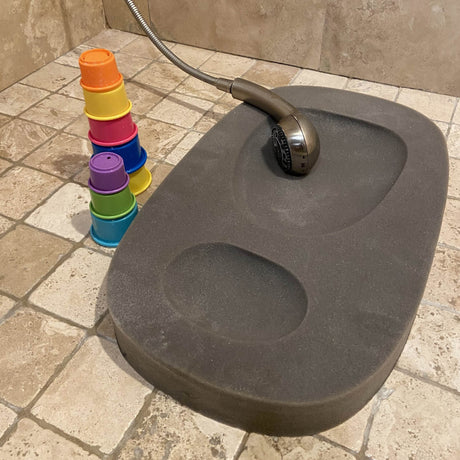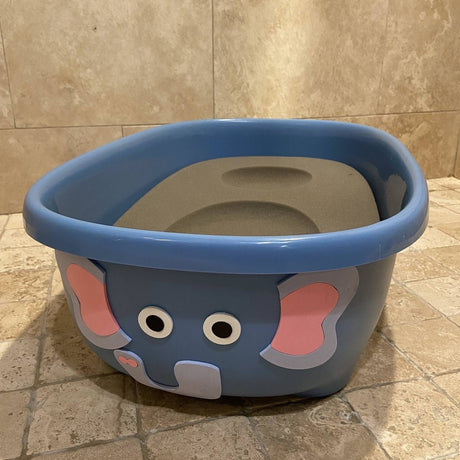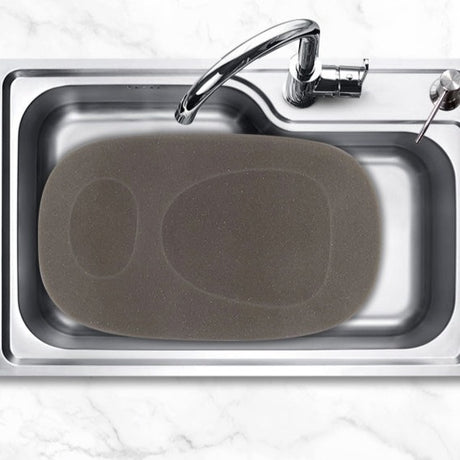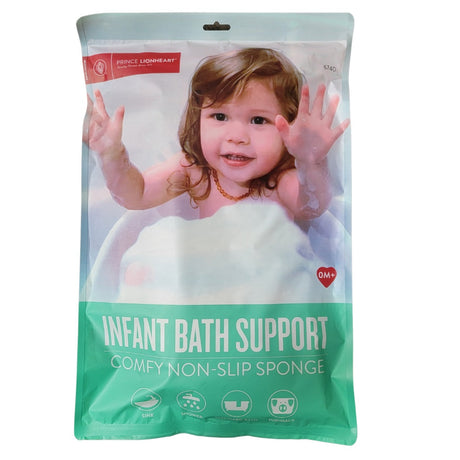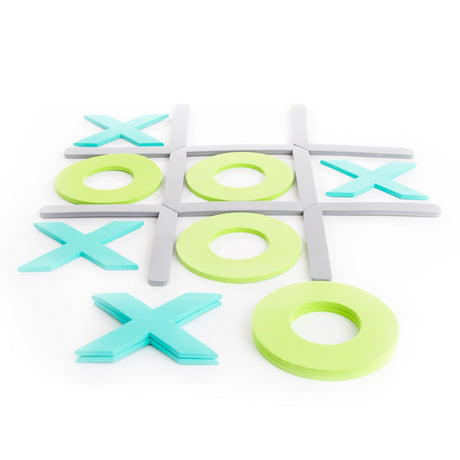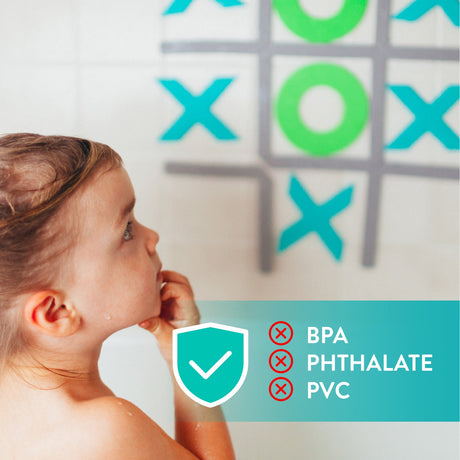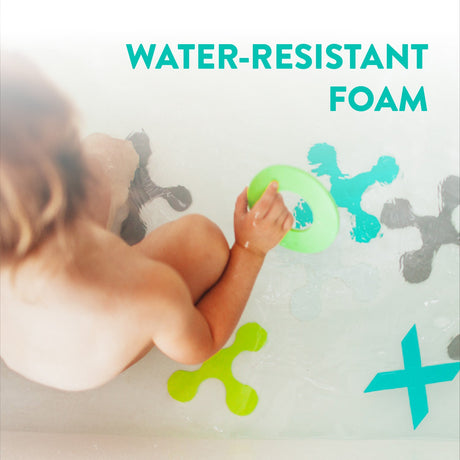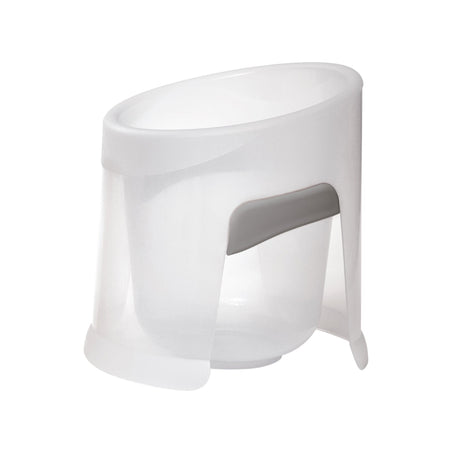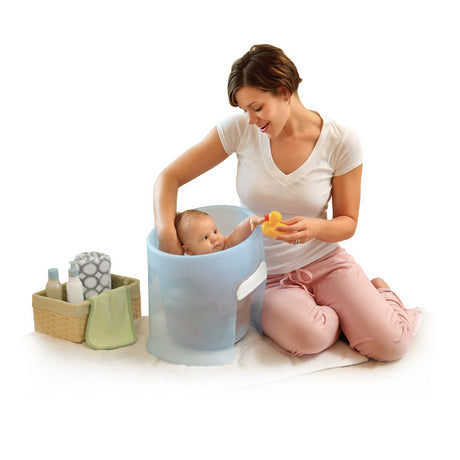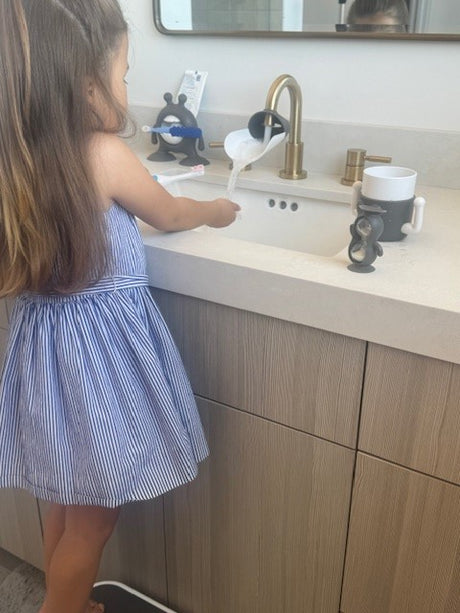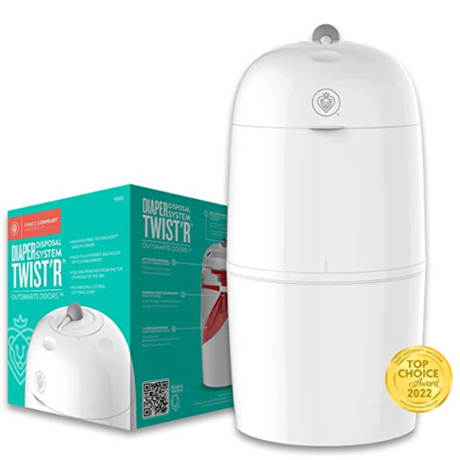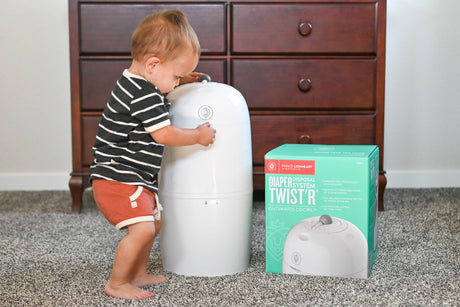Anyone who works hard to pump breast milk will tell you—spilling even a drop is a tragedy. This spilled milk is worth crying over. Storing breast milk incorrectly is just as devastating, but it’s also a safety issue for your little one. If you find yourself wondering, “How long can breast milk be frozen?” or “How long can milk stay in the fridge?” don’t worry. Prince Lionheart is here to tell you how to store your breast milk the right way without wasting a single drop.
How To Express Breast Milk
You might pump or express breast milk for a variety of reasons. Whether you need to pump because you’ll be away from Baby, because you’d like someone to help with feedings, or simply to have a bottle available when you need it, there are several ways to express breast milk.
- Hand-expressing: This requires just you and your hand. It can take practice before getting good and fast at hand-expressing. Practically speaking, this method is not ideal if you need to fill bottles on the regular. However, it’s always free and available!
- Hand-pump: This hand-held device is reasonably priced, requires no electricity, and allows you to pump anywhere. Expressing breast milk with a hand-pump is ideal for occasional use.
- Electric pump: These run on batteries or by plugging into an outlet. Electric pumps allow you to pump faster, potentially hands-free, and for some people, pump more milk. Parts must be cleaned before using them again (a consideration for people going back to work). Electric pumps are more expensive, but if you’ll be pumping frequently, the cost is worthwhile. Check with your health insurance. They may cover the cost. The electrical pump is a great choice if you are breast and bottle feeding.
- Medical-grade pump: Ask your health insurance company if they’ll cover the cost of a medical-grade pump. This pump is often the most effective, allowing you to pump more milk faster. If you’ll be exclusively pumping and bottle feeding, this is probably the best choice.
Choosing Breast Milk Storage Containers
Once you’ve decided the best way to express milk for you, figure out how to store breast milk. There are plenty of breast milk storage options. Consider:
- Longevity: How long will you need to store your milk?
- Portability: Will you need to travel with and transport the milk frequently
- Versatility: Can you thaw and warm the milk in the storage container?
When considering containers, think about whether you’ll be storing your milk for short periods, or whether you’ll need to be prepared for longer-term breast milk storage.
For shorter storage periods, storage bags made specifically for storing breast milk are great. However, they may be too delicate for longer periods in your freezer.
Glass and harder plastic bottles are heartier and better for longer breast milk storage. Look for containers designed especially for storing and freezing breast milk. Make sure they have tight fitting lids that seal completely; plastic containers should be BPA-free.

Pro Tip: If you’ll be pumping frequently, talk to your insurance company to see if your breast milk storage supplies are covered, too.
If other people will be feeding your baby, including partners, relatives, babysitters, nannies, or childcare workers, talk to them about which storage containers are easiest for them. Once you’ve chosen your containers, get in the habit of labeling your milk clearly with a full date, so you know how long it’s usable and when you’ll need to discard it.
Pro Tip: Ask childcare workers if they have any labeling requirements, too.
How To Store Breast Milk
There are several ways to store breast milk, each keeping the milk fresh a little longer. Let’s look at each breast milk storage method, how long breast milk can safely be stored that way, and why you might choose it. We recommend following the breast milk storage guidelines from the Center for Disease Control (CDC) to ensure the milk your baby gets is safe and retains its vital nutrients.
- Room Temperature: Freshly expressed or pumped milk can stay at room temperature (under 77℉) for up to 4 hours. Storing breast milk at room temperature makes sense when you’re out and about for a short period of time, or you know your baby’s next feeding is coming soon. Use cooler bags on hot days.
- Refrigerated: Freshly expressed or pumped breast milk can be stored up to 4 days in the refrigerator (40℉ or under). Don’t store breast milk in the door of the fridge as the temperature fluctuates too much there. Refrigeration is ideal if you know the milk will be used in the next 4 days.
- Frozen: For long term breast milk storage, milk can be frozen (0℉ or colder) for 6 months, up to a maximum of 12 months (The CDC prefers 6 months). This is ideal for anyone building up a supply for childcare.
-
Thawed (from frozen): Once breast milk has been frozen and thawed, it doesn’t last as long. You can thaw frozen milk in the fridge overnight, or in a container of lukewarm or warm water. Never microwave.
Once thawed, it’s okay to keep breast milk at room temperature for 1-2 hours and refrigerated for up to 24 hours. After that, thawed breast milk should be discarded. Never refreeze previously frozen breast milk. - Leftover From a Feeding: Use any breast milk leftover from a feeding within 2 hours. After that, discard it.
How To Store Breast Milk Safely
Don’t spoil your milk! Before handling pumping supplies, pumping, or expressing milk, wash your hands thoroughly with soap and water for at least 20 seconds. If you don’t have access to a sink, use hand sanitizer made with at least 60% alcohol. Next:
- Ensure containers are properly cleaned
- Make sure pump parts are cleaned properly before and after pumping
- Inspect pump parts for mold or old milk residue and clean as needed
- Secure a cool place to store the milk
Once you’ve expressed your milk, don’t overfill your containers. Allow for the milk to expand about 1 inch in case you need to freeze it. Clearly mark each container of milk right away. This way, you can tell how long it’s been unrefrigerated, or in the fridge, or freezer. Store milk in a cooler bag, fridge, or freezer as soon as possible. If the milk is unlabeled, you can’t remember when you put it in the fridge, or when in doubt, throw it out. (Yes, it’s painful, so ALWAYS label clearly!)
Pro Tip: Freeze milk in 2-4 oz servings so that you don’t thaw more than you need and waste it.
Wash everything thoroughly after expressing and storing. Make sure everything dries properly to avoid mold. Prince Lionheart Drying Stations and Dishwasher Baskets make it easy.

Pro Tip: Keep a list of how much milk is stored in the fridge and freezer. You’ll know at a glance if your supply is running low.
Breast Milk Storage Guidelines Cheat Sheet
You don’t want to find yourself standing in front of the fridge at 3am thinking, “How long can breast milk stay in the fridge?” We recommend keeping this cheat sheet on your fridge to help you, and anyone else feeding Baby, remember the breast milk storage guidelines.
How long can breast milk stay unrefrigerated?
- Freshly expressed = 4 hours
- Thawed from frozen = 1-2 hours
- Leftover from a feeding = 2 hours tops
How long can breast milk stay in the fridge?
- Freshly expressed = 4 days
- Thawed from frozen = 24 hours
- Leftover from a feeding = 2 hours
How long can breast milk be frozen?
- Freshly expressed or from the fridge = 6-12 months
- Thawed and refrozen = never
- Leftover from a feeding = never
